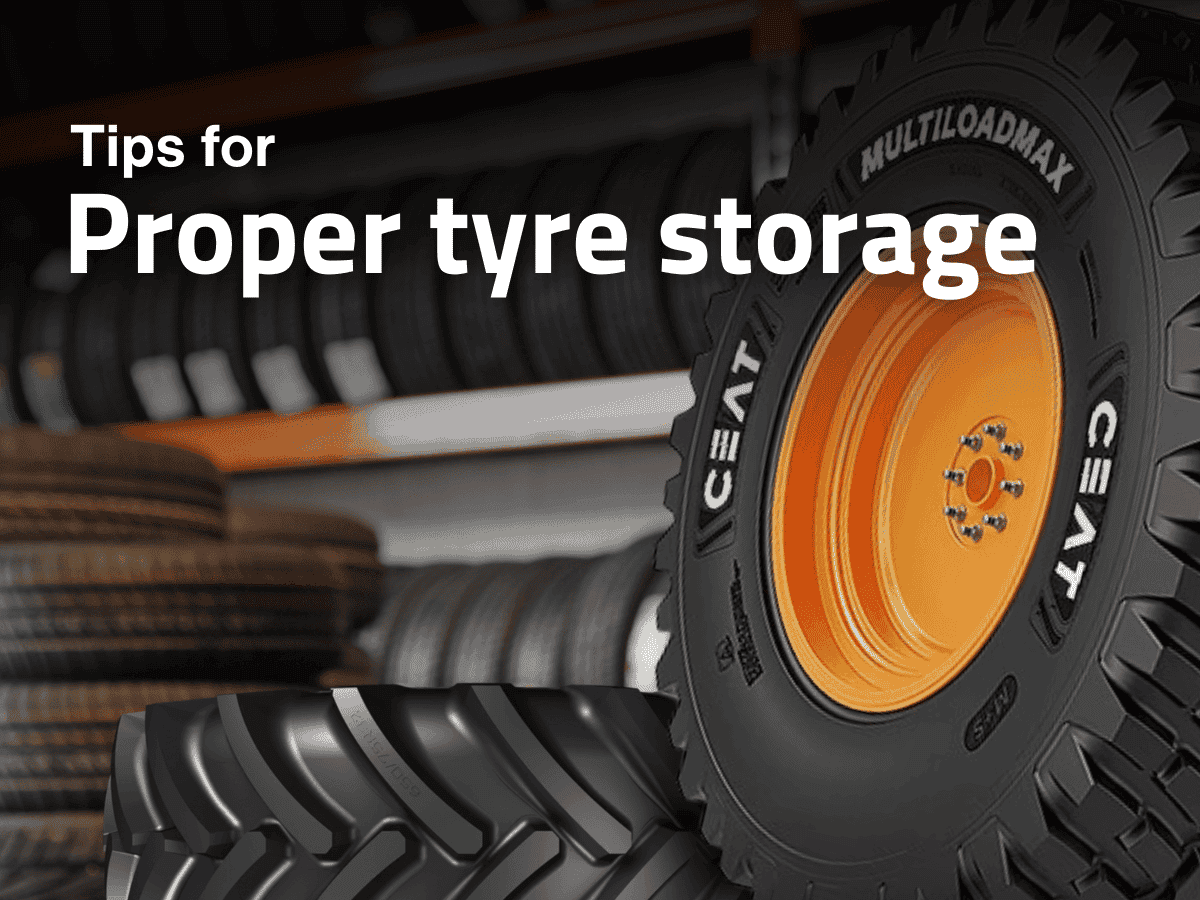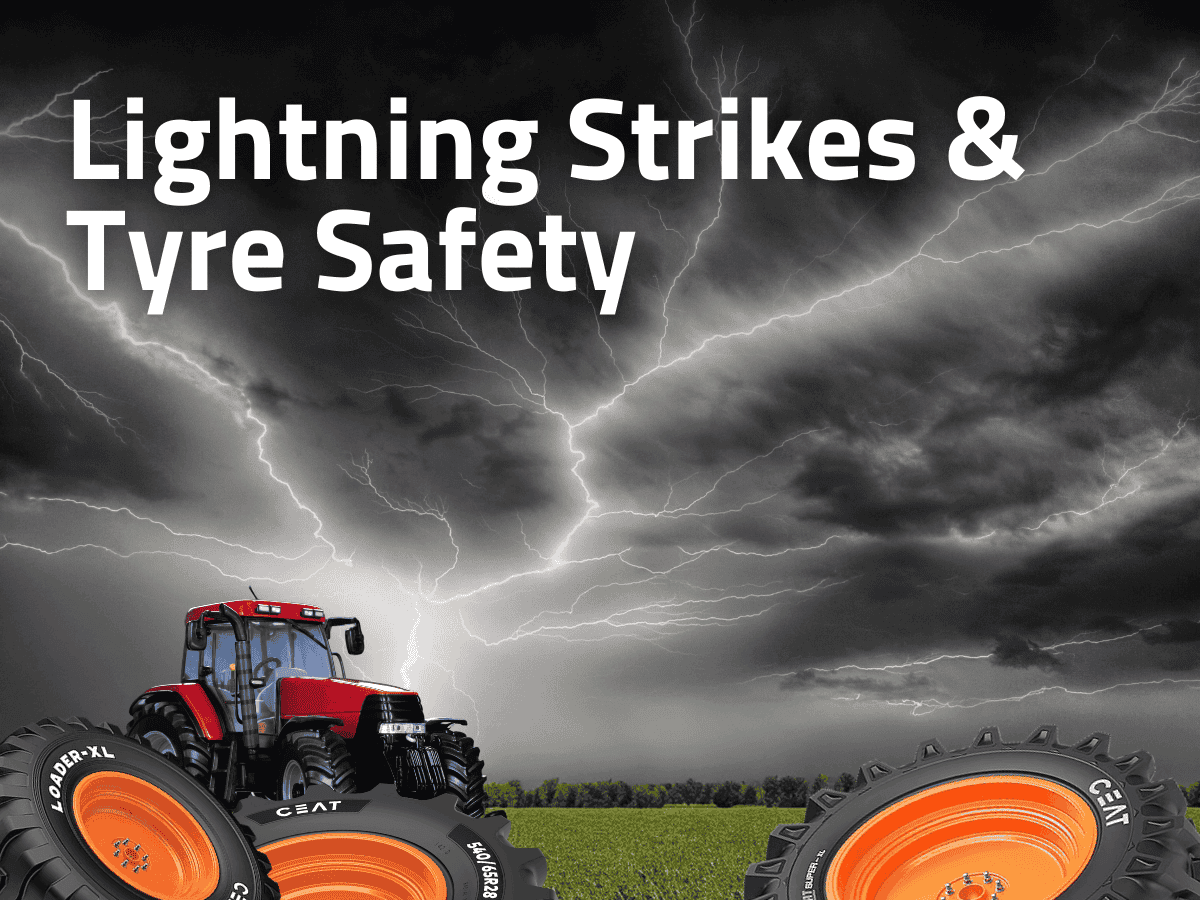ceat-speciality:blogs-tags/all,ceat-speciality:blogs-tags/tyre-care
How do new generation tractor tyres adapt perfectly to different uses?
Mon, 9 May 2022 | PRODUCTS
There have been rapid developments in tractor tyre technology over recent years, with design and manufacturing innovations in areas from tread format to carcase construction all playing a part in improving modern tractor tyres ’ performance, and the ability across a range to match different agricultural demands. But what features make a modern tractor tyre better than its predecessors? Before you invest time sifting through tractor tyres’ price lists and making the typical internet searches for ‘tractor tyres for sale’ and ‘tractor tyres near me’, read on to discover how features designed inthttps://www.ceatspecialty.com/uk/product/o the latest generation tractor tyres match different uses and working demands.
Tread
For example, tractor tyres such as the CEAT Torquemax radial, designed for the most demanding work with high-horsepower tractors, feature a tread that is designed with a tilted lug tip. Given that many high-horsepower tractors today work across greater land areas and therefore often have to spend more time travelling between farms and fields, this helps minimise vibration and noise, and hence operator fatigue, ensuring you or your tractor driver remains fresh and alert during long working days. The tread of Torquemax tractor tyres also features a higher angle and lug overlap at the centre. The benefit of this design is improved roadability, making for smoother travel at speed.
But it is obviously essential not to compromise field performance, and that a modern tractor tyre can adapt to field requirements. Here the Torquemax tread design is designed to adapt to field demands. The angle at the tyre shoulder is lower, a design which provides a better soil ‘bite’ and therefore superior traction, but rounded shoulders ensure minimise soil and crop damage. Torquemax also features a wider tread and larger inner volume, a further aid to reduce soil compaction, while the R1-W tread depth ensures longevity of the tyres.
Carcase design
One of the most recent innovations across the tractor tyre industry that helps tractor tyres adapt to different uses is the development of increased flexion (IF) and very high flexion (VF) tractor tyre carcase designs. This applies particularly to the tractor tyre sidewalls, which increases their flexibility under load. As a result, increased flexion (IF) tractor tyres are able to can carry 20% more load at the same operating pressure, or the same load at 20% lower pressure. The design of very high flexion tractor tyres is an extension of this, with a doubling of this ability that means VF tyres have 40% greater load bearing capacity at the same operating pressure, or the ability to carry the same load at 40% lower pressure.
These latest generation designs do cost more than standard designs, but allow the tractor to be adapted to the work in hand. For example, with IF/VF tyres, pressures can be lowered by 20% or 40% respectively from the standard, widening and lengthening the tractor tyre footprint, and thereby spreading the load and reduce ground pressure. Alternatively, they can be adapted to work at standard pressures for fast road haulage of maximum loads, with 20% or 40% higher payloads than would otherwise be possible with standard tractor tyres.
These features and adaptable abilities of modern tractor tyre designs ensure the tractor tyres match the work that’s expected of them, whether high-draft pulling in the field, such as deep cultivations, or high-speed haulage on the road. Tractor tyres such as the Torquemax, for high-horsepower tractors doing significant hours each year, are available in IF and VF specification,, with the additional investment soon returned in reduced haulage costs, soil compaction and fuel consumption. Look out for these features next time you need new tractor tyres and find yourself scanning tractor tyres’ price lists and searching the web for ‘tractor tyres for sale’ and ‘tractor tyres near me’.
































































































































